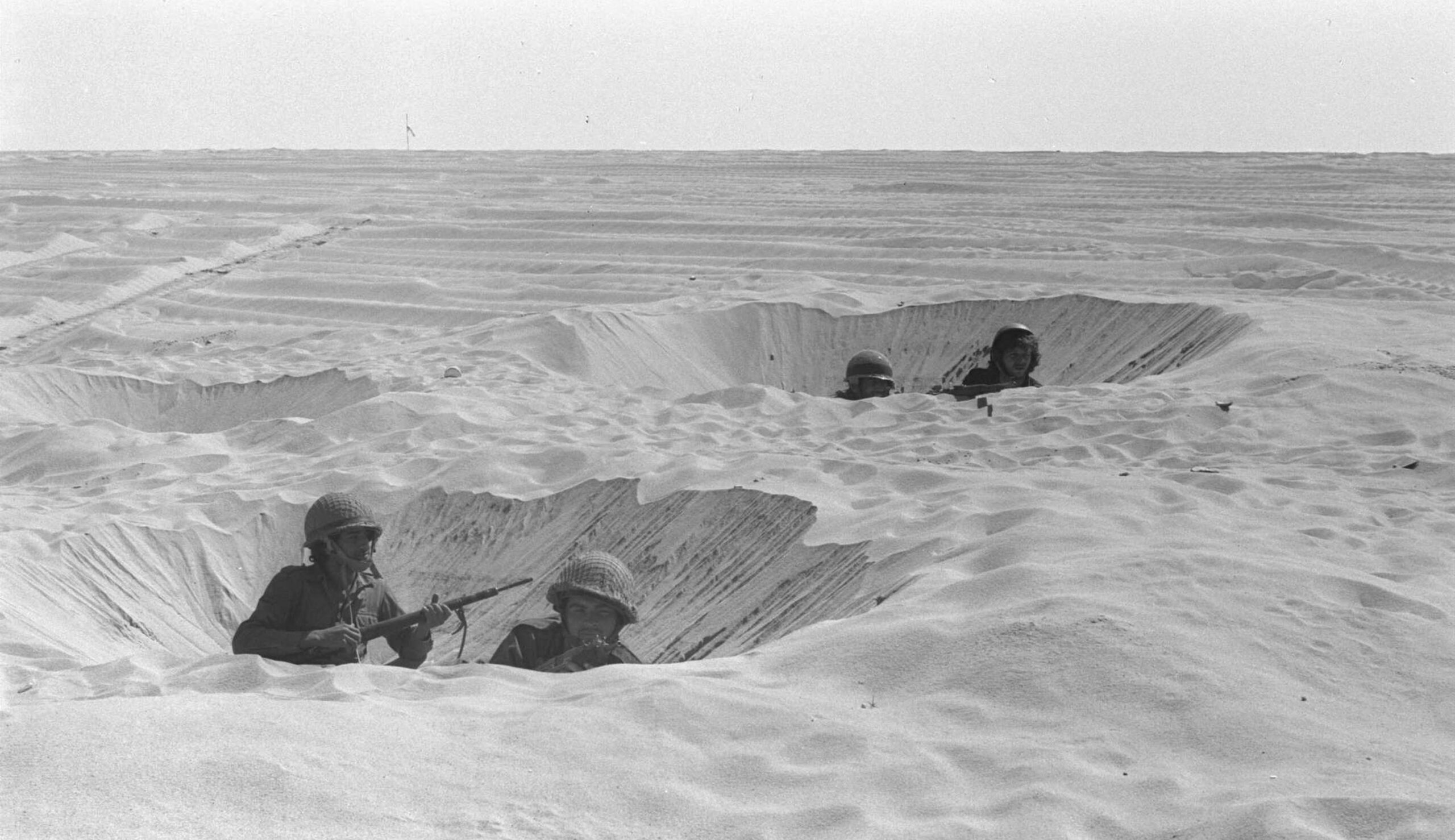Having worked to craft Middle East policy in both the Reagan and George W. Bush administrations, Douglas Feith saw up close much of the unfolding negotiations that led to the Oslo Accords and those that followed. From early on, he concluded that the term “peace process” really described nothing of the sort, but rather a framework by which Israel withdrew unilaterally from territories and hoped for the best. Feith writes:
[A]t the end of August 1993, the first Oslo agreement—known as the Declaration of Principles (DOP) —was published. There were a few vague words in the preamble about striving for peaceful coexistence, but in the operative sections there were no actual peace promises. The DOP said simply that Israel would withdraw from parts of the territories and transfer responsibilities to the Arab party. The Arab party, labeled “the Arab team representing the Palestinian people,” said only that it would take over whatever Israel relinquished.
The DOP was an exchange of land for nothing. But immediately after it became public, Yasir Arafat wanted Israel to recognize the PLO as the representative of the Palestinian people. Rabin said he would do that only if Arafat promised peace and renounced terrorism, commitments that were absent from the DOP.
The PLO and the Israeli government then spent a week-and-a-half negotiating side letters on peace and recognition. During those days, journalists asked Israeli officials what would happen if there were no agreement on the side letters. The officials said the DOP would be implemented anyway. That was revealing. It showed that the Israeli government was determined to make territorial withdrawals whether or not Arafat made a commitment to peace. . . .
The second President Bush brought a different attitude to the subject, Feith continues, even if his administration didn’t necessarily translate that attitude into policy:
In National Security Council meetings [in 2001, Secretary of State Colin] Powell made his case for why the president should meet with Arafat to revive the Oslo process. The vice-president [Richard Cheney] opposed Powell, arguing that 9/11 required the U.S. government to take a principled position against terrorism. The second intifada was underway. Not only was Arafat failing to prevent terrorism against Israelis, but his security forces were themselves often the perpetrators.
Then, in January 2002, the Israeli navy captured the Karine A, [a vessel on its way to Palestinian Authority territory], and briefed U.S. officials on its cargo of Iranian arms. Israel’s defense minister said the shipment violated Oslo. This was the very month when President Bush spoke about the special danger of countries that both support terrorism and pursue weapons of mass destruction. He called those countries the “axis of evil” and named Iran as one of them. . . . That put the final nail in the coffin of Arafat’s reputation as a statesman and peace partner.
More about: George W. Bush, Israel & Zionism, Oslo Accords, Peace Process, Richard Cheney, Yasir Arafat


